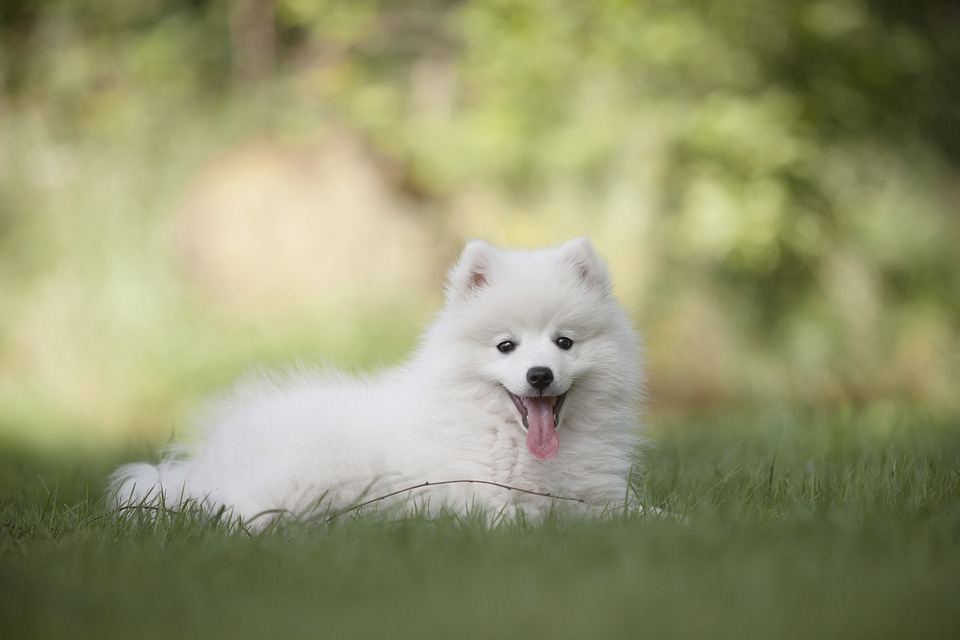Compulsive behaviors in dogs can be perplexing and worrisome for owners. These repetitive actions, such as excessive licking, tail chasing, or shadow chasing, are often rooted in underlying emotional or physiological issues. It is important for dog owners to understand and address these compulsive behaviors to ensure their pet’s well-being and happiness. In this article, we will delve into the causes, symptoms, and effective strategies for managing and treating compulsive behaviors in dogs.
Compulsive behaviors in dogs can be defined as repetitive actions that are performed without an obvious purpose or benefit. These behaviors can vary from dog to dog, but common examples include excessive licking, pacing, tail chasing, or even self-mutilating behaviors like tail biting or flank chewing. It is important to differentiate between compulsive behaviors and normal behaviors, as dogs may engage in certain activities, such as grooming or chasing their tails, that are considered normal but can become excessive and compulsive.
There are several underlying causes that can contribute to the development of compulsive behaviors in dogs. One factor is genetic predisposition and breed-related tendencies. Certain breeds, such as Bull Terriers and Doberman Pinschers, are more prone to developing compulsive behaviors. Environmental factors and stressors can also play a role in triggering these behaviors. Dogs who experience changes in their environment, such as a move to a new home or the addition of a new pet, may develop compulsive behaviors as a response to stress. Additionally, medical conditions and pain-related triggers can contribute to the development of compulsive behaviors. Dogs who are experiencing chronic pain or discomfort may engage in repetitive behaviors as a way to cope.
Recognizing the symptoms of compulsive behaviors in dogs is crucial for early intervention and treatment. These symptoms can include repetitive actions such as excessive licking, spinning, or tail chasing. Dogs may also exhibit increased anxiety or distress, often displayed through panting, pacing, or vocalization. Compulsive behaviors can have a negative impact on the dog’s overall quality of life, as they may become preoccupied with their compulsions and neglect other important activities such as eating, sleeping, or socializing.
Managing compulsive behaviors in dogs involves creating a calm and structured environment for the dog. This can include providing a consistent routine, minimizing stressors, and ensuring the dog has a safe and comfortable space. Mental and physical stimulation is also important in managing these behaviors. Engaging the dog in puzzle toys, obedience training, and regular exercise can help redirect their focus and energy. Utilizing positive reinforcement training techniques can also be effective in managing compulsive behaviors. Rewarding desired behaviors and ignoring or redirecting unwanted behaviors can help break the cycle of compulsion.
In some cases, seeking professional help from a veterinarian or animal behaviorist may be necessary. These professionals can provide guidance on developing a comprehensive treatment plan tailored to the specific needs of the dog. In severe cases, medication options may be recommended to help reduce anxiety or compulsive behaviors. Behavioral modification therapy, such as desensitization and counter-conditioning, can also be effective in treating compulsive behaviors. Additionally, alternative therapies such as acupuncture or massage may be used as complementary treatment methods.
In conclusion, understanding and addressing compulsive behaviors in dogs is essential for their well-being and happiness. By identifying the underlying causes and implementing appropriate strategies, owners can help their furry companions lead healthier, more balanced lives. Remember, seeking professional guidance from a veterinarian or animal behaviorist is vital for developing a comprehensive treatment plan tailored to your dog’s specific needs. With patience, consistency, and the right interventions, you can help your dog overcome compulsive behaviors and thrive.









